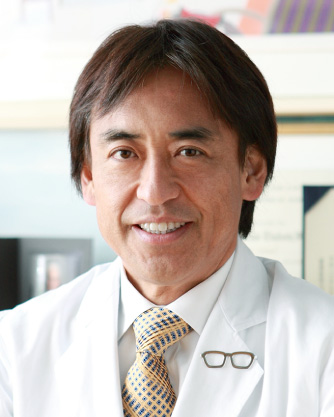Establishment of the LASIK Safety Network
The LASIK procedure has become more recognized, and an increasing number of patients undergo LASIK surgery also in Japan. At the same time, the quality of treatment has become of concern due to price competition among facilities, a rapid increase in the number of doctors and staff, and newcomers. In February 25, 2009, it was reported that many patients developed infection in a particular facility, and it could be said that the above concern did indeed become a reality. In addition, some patients visit local eye clinics and cornea outpatient clinics of university hospitals after LASIK surgery, and the problem of postoperative follow-up, as well as infection, is not negligible in the present situation. Patients who felt uneasy and had nowhere to go have asked me for advice, and I felt that I had to provide some information.
LASIK surgery is completed in approximately 15 minutes, and patients recover vision soon after surgery. Therefore, there is an impression that LASIK is a very easy treatment. However, LASIK is eye surgery where thin, transparent tissue with a thickness of 0.5 mm is the target. As a matter of course, doctors have an obligation to always give priority to patients’ eye health during treatment. It is required in LASIK facilities to provide totally comprehensive proper medical care, including not only the surgery, but also preoperative examinations and postoperative follow-up. I would like to give you accurate information concerning LASIK and the process of the LASIK procedure, so that patients can look for a clinic with a more easy feeling. Please visit this site and obtain complete information before deciding to undergo a LASIK procedure.
If you undergo cataract surgery in the future after LASIK, you will need the clinical data associated with your LASIK surgery. You should make sure during the LASIK treatment process that these data will be provided for such future procedures.
We consider it the obligation of ophthalmologists and LASIK facilities to remember that their responsibility covers the health of their patients’ eyes for the rest of the patients’ lives.
Representative of the LASIK Safety Network
Kazuo Tsubota

Conditions for safety
Facilities that are introduced here fulfill the following conditions, including the first condition that ophthalmologists/corneal treatment specialists or clinics can trust each other, based on which referrals can be made.
- The director and surgeons should be “ophthalmologists.”
- The director and surgeons should have conducted technical study and training on corneal surgery and intraocular lenses.
- The director and surgeons should not only have knowledge regarding LASIK surgery but should also be cognizant of general ophthalmic surgery and care with the ability to expertly manage such surgery and care. (Basic precautions in surgery such as infection control measures must also be taken, as a matter of course)
- An appropriate comprehensive pretreatment program should include preoperative examinations, assessment of the indication, and an ordered process to surgery.
- The director and surgeons should not only have knowledge regarding LASIK surgery but should also be cognizant of general ophthalmic surgery and care with the ability to expertly manage such surgery and care. (Basic precautions in surgery such as infection control measures must also be taken, as a matter of course)
- Postoperative follow-up (periodic health examinations and treatment of complications) must be performed properly, regularly and often. (There should be life-long follow-up of the condition of the patients’ eyes)
- Ministry of Health, Labour and Welfare approved medical devices, such as lasers, must be used in principle.
- The Japanese Ophthalmological Society guidelines for excimer laser refractive surgery must be followed.

